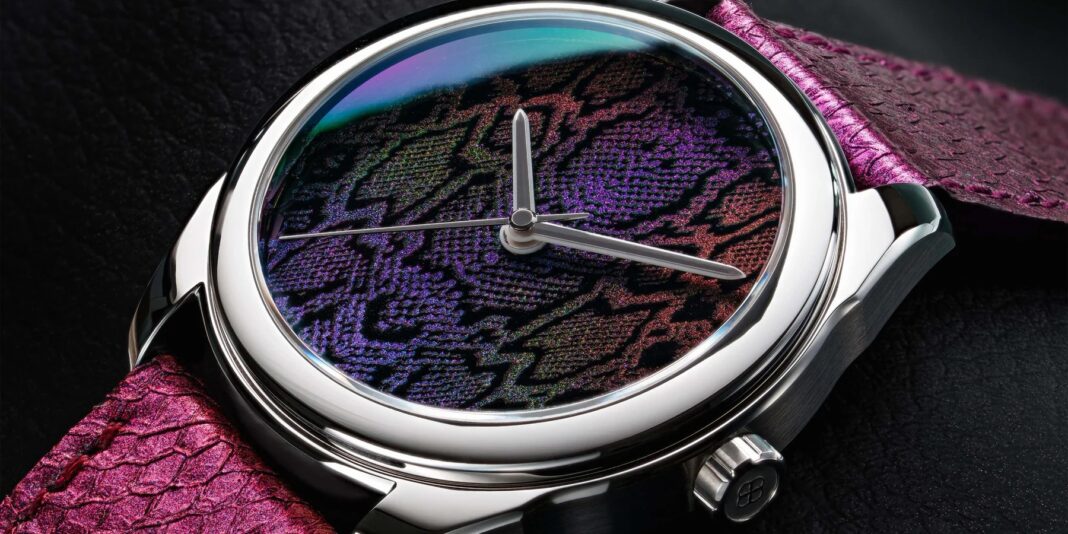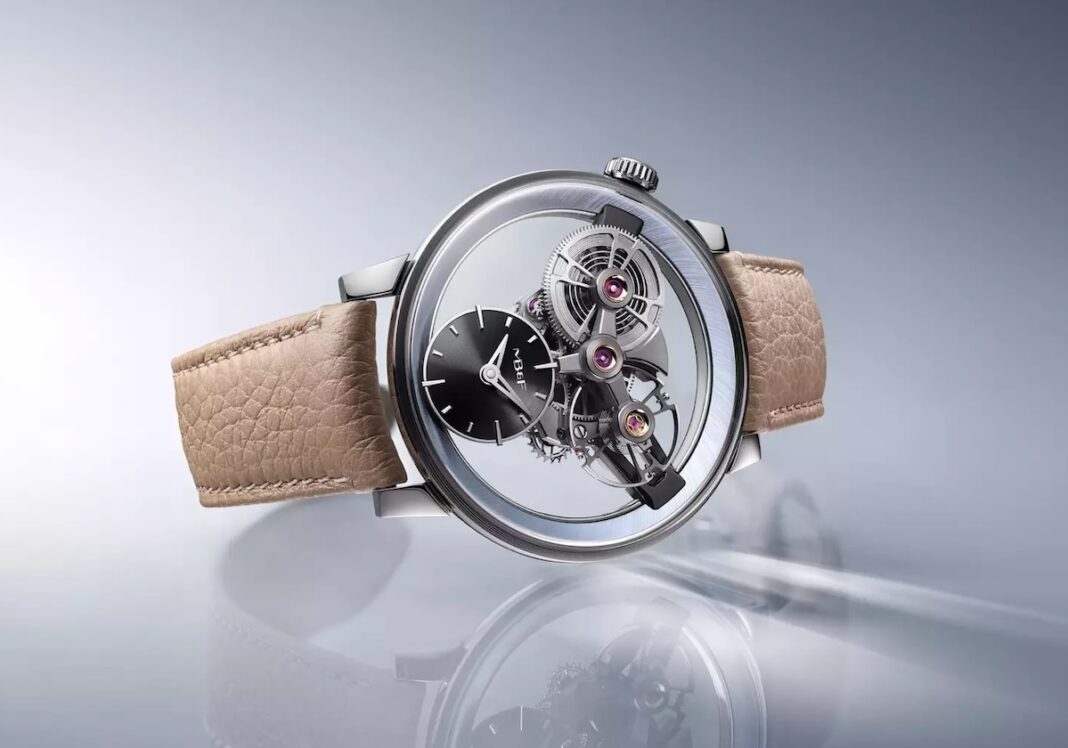Among the countless mechanical legends in the world of horology, few watches command the same reverence, storytelling power, and historical weight as the Omega Speedmaster. Known by many as the Moonwatch, its legacy spans far beyond lunar exploration. This is the story of how a chronograph built for racing became a spacefaring icon—and why it remains one of the most beloved chronographs in the world today.
Born for Speed, Destined for Space

The Speedmaster was launched by Omega in 1957, as part of the broader “Professional” line that also included the Seamaster 300 and the Railmaster. Designed for sports timing and automobile racing, its name wasn’t an accident. Its tachymeter bezel—then a novelty—was placed outside the crystal for the first time, allowing drivers to easily calculate average speed.
Behind its development was Claude Baillod, designer of the now-famous asymmetrical case that would later appear on the Speedmaster Professional. The original reference CK2915 housed the Caliber 321, a hand-wound column-wheel chronograph movement derived from the Lemania 2310—a robust mechanism known for its reliability and precision.
But no one in Bienne could have predicted what would happen next. What began as a chronograph for earthbound professionals was about to become the most rigorously tested timepiece in history.
The NASA Tests That Changed Everything

In 1964, NASA was preparing for manned space missions under the Gemini and Apollo programs. The agency sought a watch that could survive intense vibration, shock, extreme temperatures, vacuum conditions, and magnetic fields. Omega wasn’t the only brand in the running—Longines, Rolex, and Hamilton also submitted watches.
After months of brutal testing, only one survived: the Omega Speedmaster reference 105.003. In 1965, it was officially flight-qualified for all manned space missions. That same year, astronaut Ed White wore it during America’s first spacewalk. From that moment on, the Speedmaster was no longer just a watch—it was equipment.
And then came July 20, 1969. As Neil Armstrong and Buzz Aldrin descended onto the Moon’s surface, Aldrin wore his Speedmaster over his suit. Armstrong had left his onboard as a backup, since the Lunar Module’s electronic timer had failed. The Speedmaster became the first watch worn on the Moon, securing its place in both horological and human history.
What Makes the Speedmaster So Remarkable

From a technical standpoint, the Speedmaster wasn’t just a lucky pick. The early models featured hesalite crystals, chosen because they don’t shatter under pressure—unlike sapphire. The asymmetrical case with crown guards, introduced with reference 105.012, made it more robust. The dial layout, with its tri-compax configuration, offered perfect legibility, and the chronograph pushers could be operated even while wearing gloves.
The Caliber 321 itself has become legendary—its column-wheel architecture ensures smooth actuation of the chronograph functions, and its robustness made it ideal for spaceflight. Later models would switch to the Caliber 861 (and eventually 1861), which maintained reliability with simpler cam-switching construction.
Beyond specs, the Speedmaster has always stood for purposeful design. Every element had a function, born not from luxury aspirations, but from performance. That functionality led to form—and ultimately, a timeless aesthetic that’s remained largely unchanged for decades.
One little-known anecdote: during the Apollo 13 crisis in 1970, it was a Speedmaster that helped astronauts time a critical 14-second burn to correct their trajectory. Omega was later awarded NASA’s Silver Snoopy Award, a rare honor from the astronauts themselves.
A Legacy Written in Steel, Hesalite, and Moon Dust

The Speedmaster’s influence on modern watchmaking is profound. It’s been a benchmark chronograph for over 60 years and has inspired countless tribute models, reinterpretations, and homages across the industry. It also established a template for tool watches that could cross into everyday wear—utilitarian yet elegant, rugged yet refined.
Today, Speedmasters are everywhere: on wrists at racetracks, in boardrooms, and even at weddings. Collectors revere the early “pre-Moon” references, while Omega continues to innovate with sapphire sandwich versions, coaxial movements, and even reborn Caliber 321 editions. Each generation finds something new to love in the Speedmaster line, whether it’s the Moonwatch Professional or limited editions like the Speedy Tuesday or Apollo 11 tributes.
Crucially, it remains accessible—offering enthusiasts an entry point into horological heritage without sacrificing credibility. Its blend of story, design, and engineering makes it a cultural artifact as much as a timekeeping instrument.
Why the Speedmaster Still Matters

The Speedmaster tells us something profound about horology’s relationship with human achievement. It reminds us that great watches aren’t just measured by materials or price, but by the roles they play in history. The Speedmaster’s journey from racetrack to Moon—and its enduring presence on wrists today—demonstrates that mechanical watchmaking still has the power to inspire.
It’s a story of persistence, of evolution without compromise. And above all, it’s a story we can all wear on our wrists.
If you’ve ever wondered why watch lovers speak of the Speedmaster with such reverence, it’s not because of marketing. It’s because it went to the Moon—and came back with stories worth telling. And if you want to know more about the brand, check out 10 of Omega’s best kept secrets !



